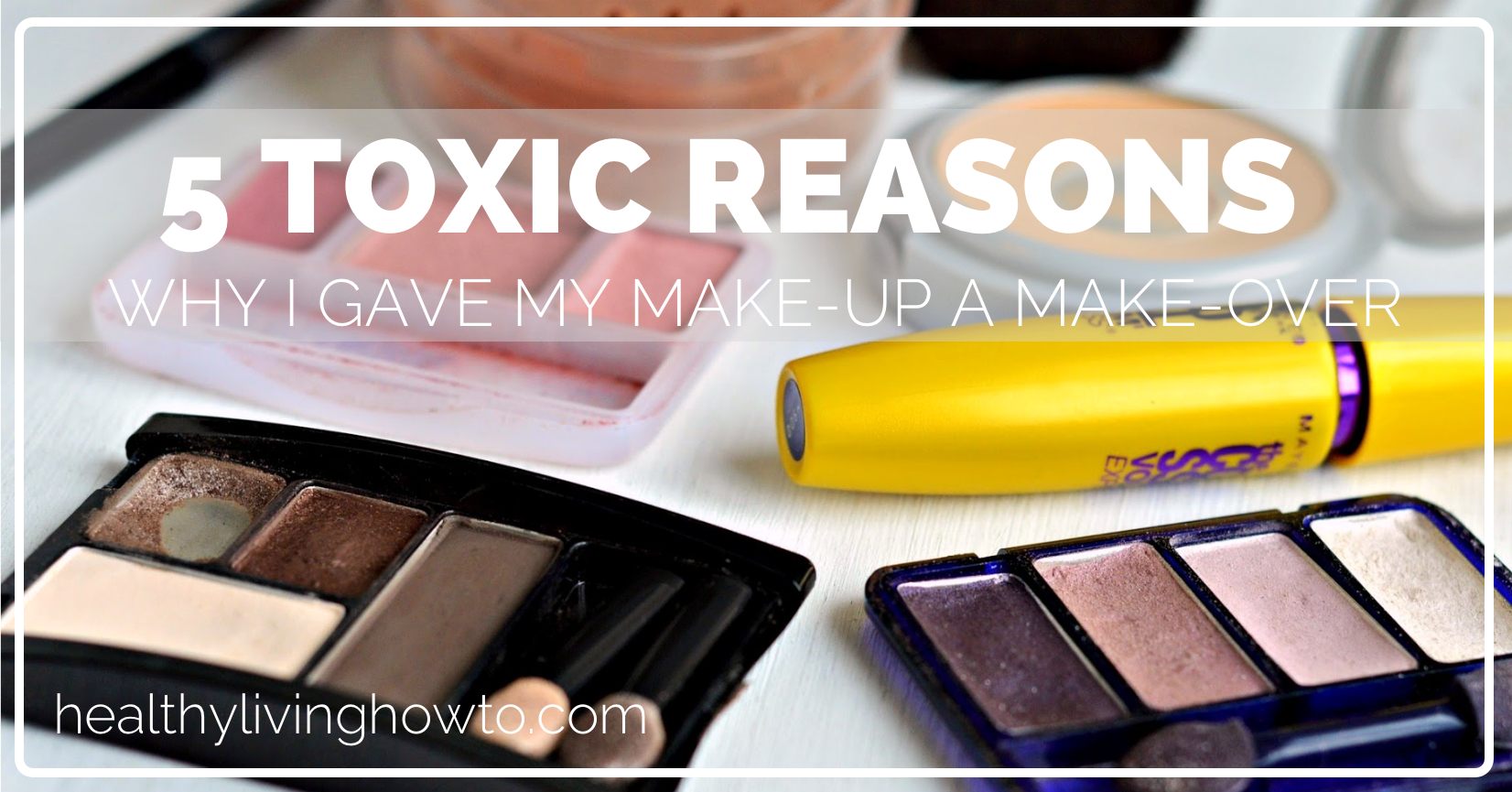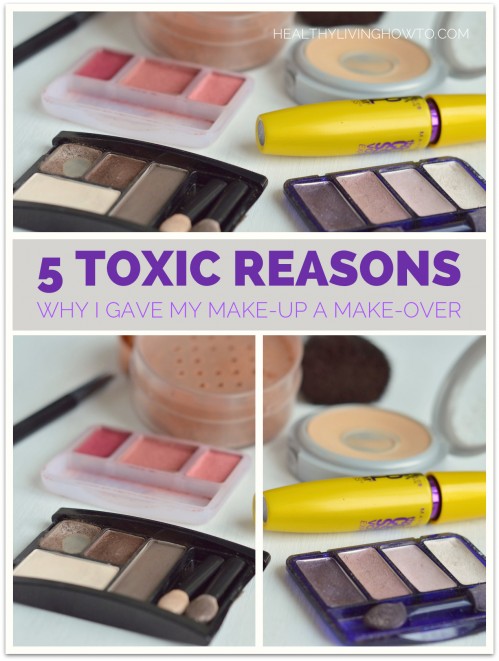My mother has a form of dementia called Lewy Body Disease (LBD). It is neurological in nature, with no known cure. Most research suggests those who are inflicted with the disease live 8-12 years post-diagnosis.
LBD is not a new disease, but a disease, not commonly diagnosed until post-mortem. Due to the worsening of her symptoms and test results that continued to come back “negative”, my mother had a frontal lobe biopsy (this is not routinely done), wherein, she was diagnosed with LBD.
That was a little over four years ago.
I have routinely challenged her neurologist for insight into the cause of the disease and have never been given much to hang my hat on, except for one thing. With certainty, he has repeatedly said, “the only thing we know for sure, is, environmental toxins contribute to dementia.”
You mean like pesticides, herbicides, pollutants, chemicals, heavy metals and stuff like that? Yep. (incidentally, my mother grew up on a farm)
That is all the motivation I need, to do my very best to lessen the toxic load not only for myself but for my husband and children as well. As a family, we made a commitment to remove toxins from our food, by going “organic“. It was the first step in our journey.
We started with food and then I dabbled in some natural cleaning and personal care products. I say dabbled, as I didn't really do any research, just bought what I thought were less-toxic options.
In the past several months, I have done more research and scrutinized the labels on everything from our toothpaste to our toilet bowl cleaner. I am a women on a mission, I tell you, to eliminate as many toxins as I can. As a girly-girl who loves her make-up, today I share with you…
5 Toxic Reasons: Why I Gave My Make-Up a Make-Over
According to the Office of Cosmetics and Colors at the federal Food and Drug Administration, a cosmetic manufacturer may use almost any raw material as a cosmetic ingredient and market the product without an approval from FDA.
Personal care products are manufactured with 10,500 unique chemical ingredients, some of which are known or suspected carcinogens, toxic to the reproductive system or known to disrupt the endocrine system. Though some companies make products that are safe to eat, others choose to use dangerous ingredients like coal tar and formaldehyde, both human carcinogens, and lead acetate, a developmental toxin.” EWG's Skin Deep Cosmetic Database
The Environmental Working Group's Skin Deep Cosmetics Database is a FREE resource available to all. The database has the facts on over 79,000 cosmetics and personal care products and reveals the toxicity of each one. Each product is given a safety rating along with details about the toxicity of each ingredient.
The information I share below are the toxic ingredients found in not just one, but ALL OF THE COSMETICS I was putting on my face. Yuck!
1. Parabens Parabens are estrogen-mimicking preservatives, found in breast cancer tumors of 19 of 20 women studied. The CDC has detected parabens in virtually all Americans surveyed. According to the European Commission’s Scientific Committee on Consumer Products, longer chain parabens like propyl and butyl paraben and their branched counterparts, isopropyl and isobutylparabens, may disrupt the endocrine system and cause reproductive and developmental disorders. (note: there were three different types of parabens in my cosmetics)
2. Quaternium-15 This ingredient is a quaternary ammonium salt used as a preservative; it acts as a formaldehyde releaser. The European Union has determined that this ingredient ‘may not be safe' in cosmetics. It is a known human skin sensitizer toxicant and/or allergen.
3. Fragrance Federal law doesn’t require companies to list on product labels any of the chemicals in their fragrance mixture. Recent research from EWG and the Campaign for Safe Cosmetics found an average of 14 chemicals in 17 name brand fragrance products, none of them listed on the label. Fragrances can contain hormone disruptors and are among the top 5 allergens in the world.
4. Butylated hydroxyanisole The National Toxicology Program classifies butylated hydroxyanisole (BHA) as “reasonably anticipated to be a human carcinogen.” It can cause skin depigmentation. In animal studies, BHA produces liver damage and causes stomach cancers such as papillomas and carcinomas and interferes with normal reproductive system development and thyroid hormone levels. The European Union considers it unsafe in fragrance. It is found in food, food packaging, and personal care products sold in the U.S.
5. Talc Talc is a powdered native, hydrous magnesium silicate sometimes containing a small portion of aluminum silicate. Talc can be contaminated with asbestos fibers, posing risks for respiratory toxicity and cancer. Studies by the National Toxicology Panel demonstrated that cosmetic-grade talc free of asbestos is a form of magnesium silicate that also can be toxic and carcinogenic.
My Make-Up Make-Over
After doing my research and running my cosmetics through the EWG's cosmetics database, I was left with a decision to make. I could continue to use my toxic cosmetics or source make-up that was safe to use.
I did some asking around for recommendations, queried a few holistic esthetician friends for their recommendation and landed on a non-toxic brand.
I then went to a local spa/salon that carried it for a fun make-up session. After selecting the products I wanted, before purchasing, I came home and one by one, entered each item into the database, ecstatic to see they passed the toxic muster.
I didn't buy my new stash all at once, but swapped out a few items every two weeks until I had my make-up make-over complete.
Ready for Your Own Make-Over?
Did you know that the average woman puts over 500 chemicals per day on her body?
The skin is the largest organ of the body. It is also the gateway, for the varied toxins we come in contact with, to get inside. It's not just what we eat, but what we put on our body, that impacts our health. It is believed that our skin absorbs 60-70% of any topical products we use.
If you are ready for your own make-up make-over, I encourage you to check out the following resources:

